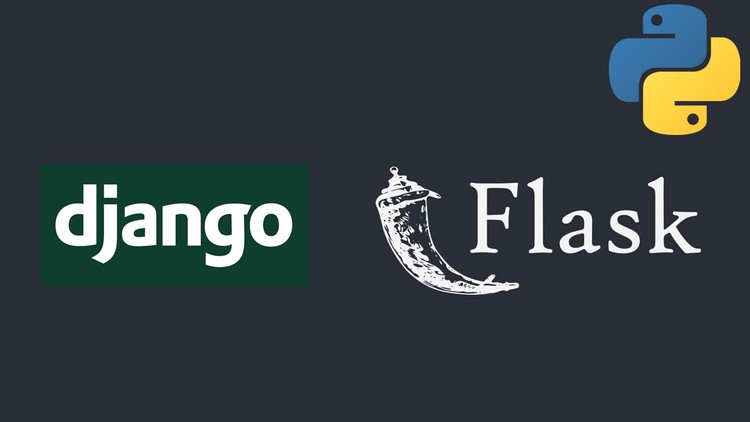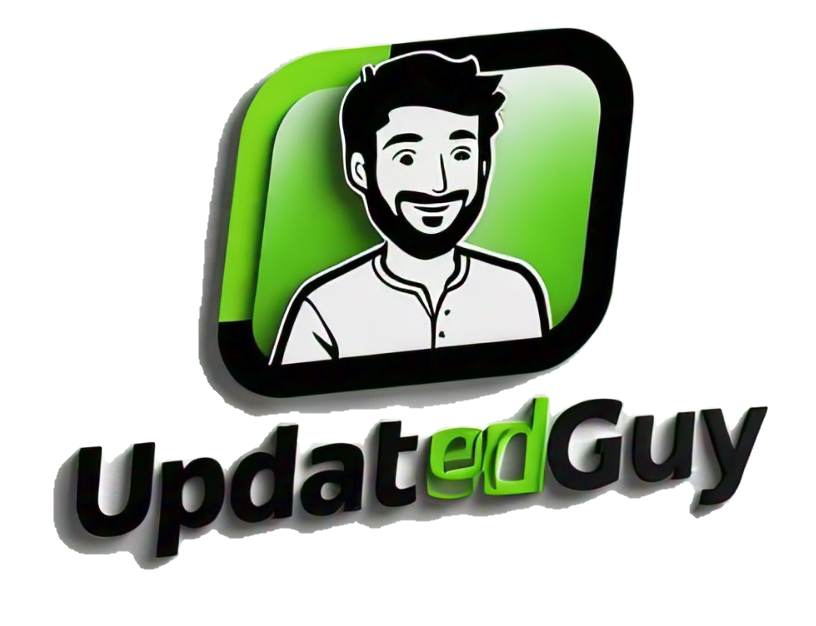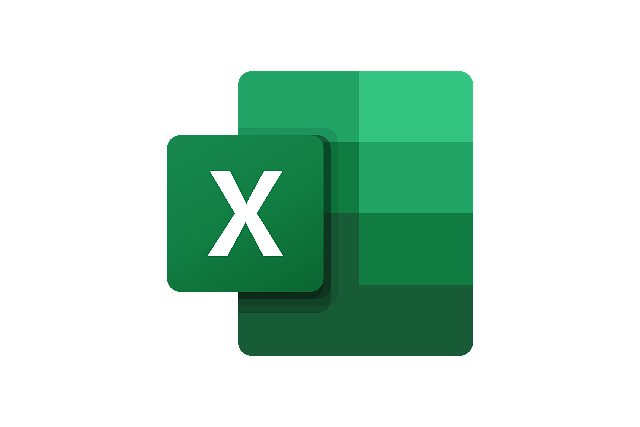
Step 1: Download Python
- Go to the official Python website.
- Download the latest version compatible with your OS (Windows, macOS, or Linux).
- Run the installer:
- For Windows, select Add Python to PATH before clicking Install Now.
- For macOS, use the
.pkgfile. - For Linux, you might be able to use a package manager (e.g.,
sudo apt-get install python3on Ubuntu).
Step 2: Verify Installation
After installation, open a terminal (or Command Prompt on Windows) and type:
python --versionor
python3 --versionThis should display the installed version of Python.
Step 3: Install a Text Editor or IDE
Choose a code editor or IDE for your Python development:
- VS Code: A lightweight editor with excellent Python support.
- PyCharm: A full-featured Python IDE.
Step 4: Set Up a Virtual Environment
For blog projects, especially when using frameworks like Django or Flask, it’s best to isolate dependencies in a virtual environment.
python -m venv blog_envActivate the environment:
- Windows:
blog_env\Scripts\activate - macOS/Linux:
source blog_env/bin/activate
Step 5: Install Blogging Frameworks
- Flask or Django are popular Python frameworks for web development.
- To install Flask:
pip install flaskTo install Django:
pip install django- Set up a basic project to test the installation:
- For Django:
django-admin startproject myblog - For Flask, create a file named
app.pywith a simple route to get started.
- For Django:
Step 6: Run the Server
Run the development server to check if everything is set up correctly:
- Django:
python manage.py runserver - Flask:
python app.py(after adding a basic route).
Visit http://127.0.0.1:8000 or http://127.0.0.1:5000 in your browser to see the local blog site.

